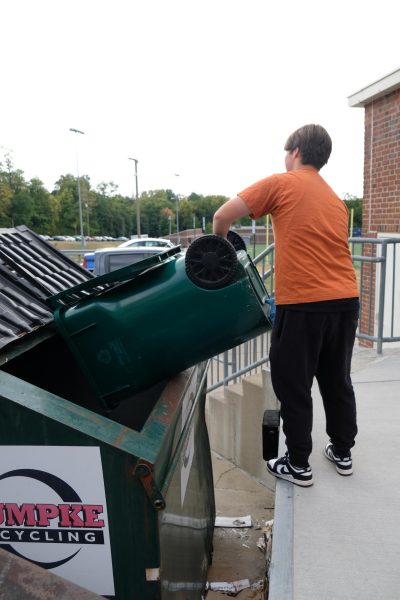A Biblical plague
The eighth plague of Egypt returns to East Africa
Photo courtesy of: Adam Matan
A swarm of desert locusts in the East African savanna. Desert locusts live for about three months. After a generation matures, the adults lay their eggs which, under the right conditions, can hatch to form a new generation up to 20 times larger than the previous one. The Food and Agriculture Organization (FAO) said “the insects are breeding so fast that numbers could grow 500 times by June.”
Information accurate as of March 5
Crops destroyed, resources deprived and lives turned upside down. All because of a small, short-horned grasshopper called a locust. Specifically, desert locusts, the most dangerous of them all. Countries all across East Africa are being forced to adapt and suppress the spreading of these pestilent insects, with many of the efforts having proved to be both unsuccessful and tedious.
This situation seems to be something straight out of the Bible, where God punished Egypt with a plague of locusts. Even so, a modern plague of locusts almost seems unreal. However, it is very much real, and very much a problem.
According to National Geographic, “Desert locusts, which, despite their name, thrive in following periods of heavy rainfall that trigger blooms of vegetation across their normally arid habitats in Africa and the Middle East.”
The plague has so far affected seven East African countries. Djibouti, Eritrea, Ethiopia, Kenya and Somalia, in which the two of questions of why and how come into play.
These periods of heavy rainfall, called “rainy seasons,” only occur once a year, which trigger large swarms of insects all across the continent. According to Social Studies teacher Sara McGuire-Jay, who lived in Southern and East Africa when she was younger, this is a common occurrence.
“In Zambia, right before the rainy season, all the flying termites came out of their mounds and it literally looked like huge clouds of grey bugs… This is something that you get used to after a while, but the fact that [the locusts] are eating the food is something completely unique and different,” McGuire-Jay said .
So although different parts of Africa aren’t necessarily known for their highly abundant crops, it doesn’t mean that an insect infestation won’t occur. This particular occurrence, however, shocked the entire nation.
It’s not just the humidity either. Cyclones, or large scale air masses, are also partly to blame. Two cyclones, Cyclone Mekenu and Luban, forced the locusts to spread and allowed them to breed more freely and efficiently.
“If we see this continued increase in the frequency of cyclones, I think we can assume there will be more locust outbreaks and upsurges in the Horn of Africa,” Keith Cressman, senior locust forecasting officer with the Food and Agriculture Organization, said.
This unfortunate outbreak cost many villages in these African countries multiple resources that they need to provide for their families. In an already poverty-stricken environment, more deprivation of basic needs, such as food, can not be sacrificed.
“What usually ends up happening is multiple food shortages, and ultimately famine… and then the question becomes, where are they going to get food,” McGuire-Jay said.
The places where the locusts are mostly infested do not have the proper technology to contain them, but the countries have all taken as much action as they can to prevent further spreading.
The common way of containing the plague is an aerial spraying of pesticides, but this has not yet proven to be doing much.
The Somalian and Ethiopian government called for “immediate action” and declared a national emergency in response to the crisis, while both Kenya and Uganda went the traditional route of sending aircraft carriers and soldiers to spray the affected areas.
There has also been sightings of the locusts on the border of China. This isn’t unexpected considering they have been spreading more and more toward the Middle East.
According to Elaine Chen, writer for the South China Morning Post, China is also dealing with it’s own internal struggles from the fact that “an economic downturn is already being made worse by the spread of a new coronavirus”.
However, there isn’t going to be as much of a drastic infestation because of the “natural barriers” of the mountains, blocking the locusts all together.
“It’s probably going to get worse before it gets better, and maybe that’s the interconnected-ness of how it all works… or doesn’t,” McGuire-Jay said.
Your donation will support the student journalists of Walnut Hills High School. Your contribution will allow us to purchase equipment, cover our annual website hosting, printing costs and offset competition and conferences fees for students.








